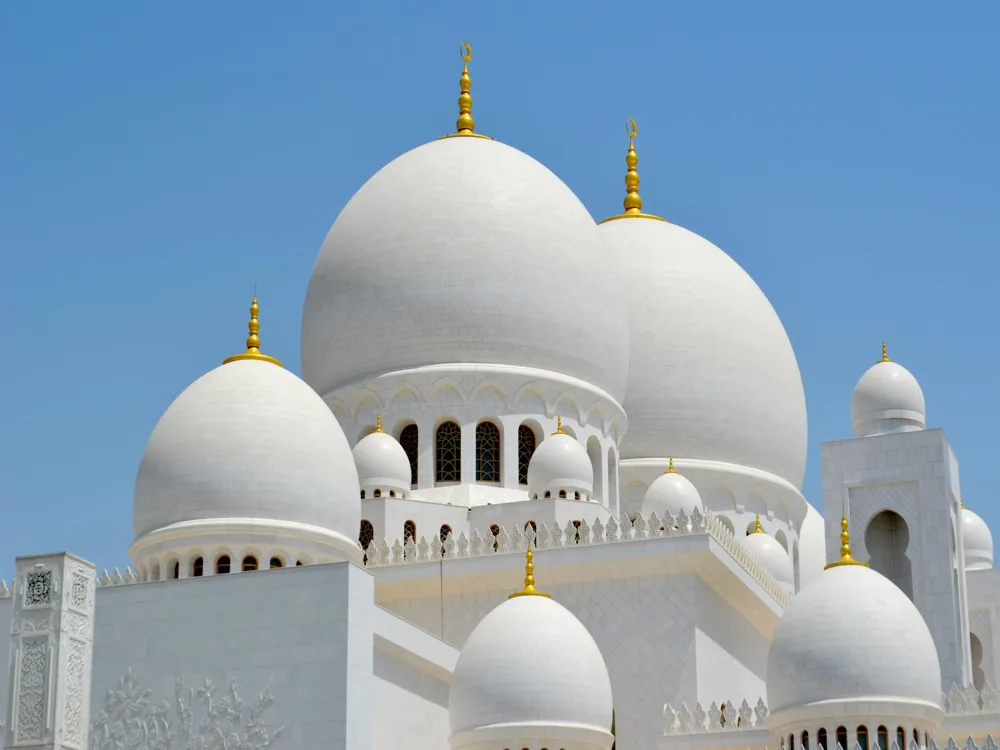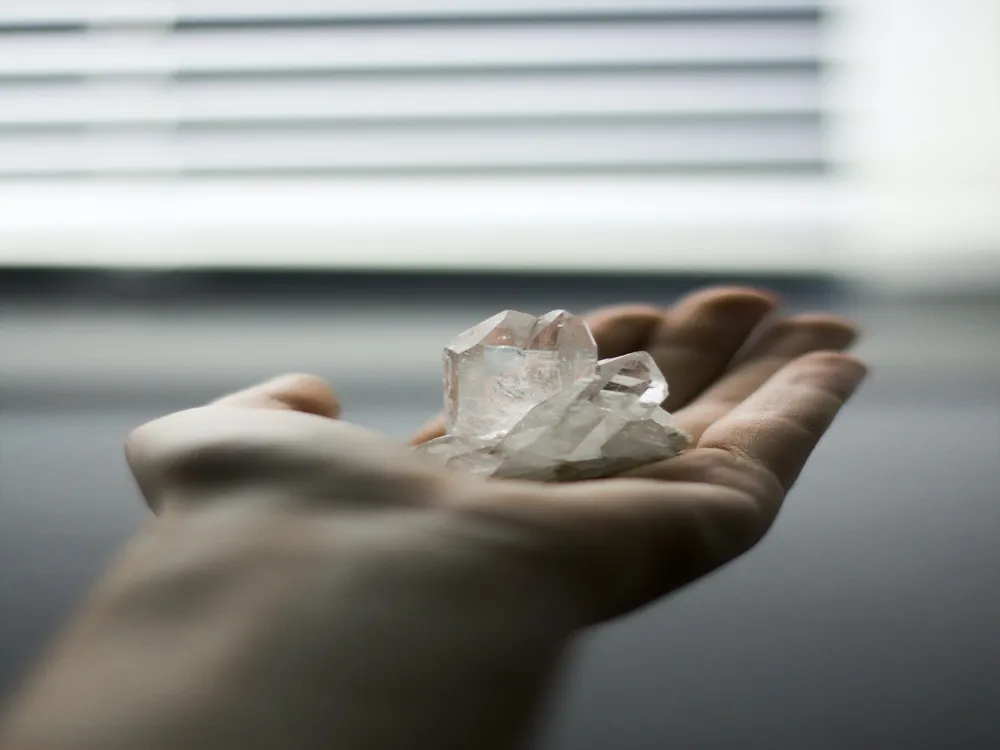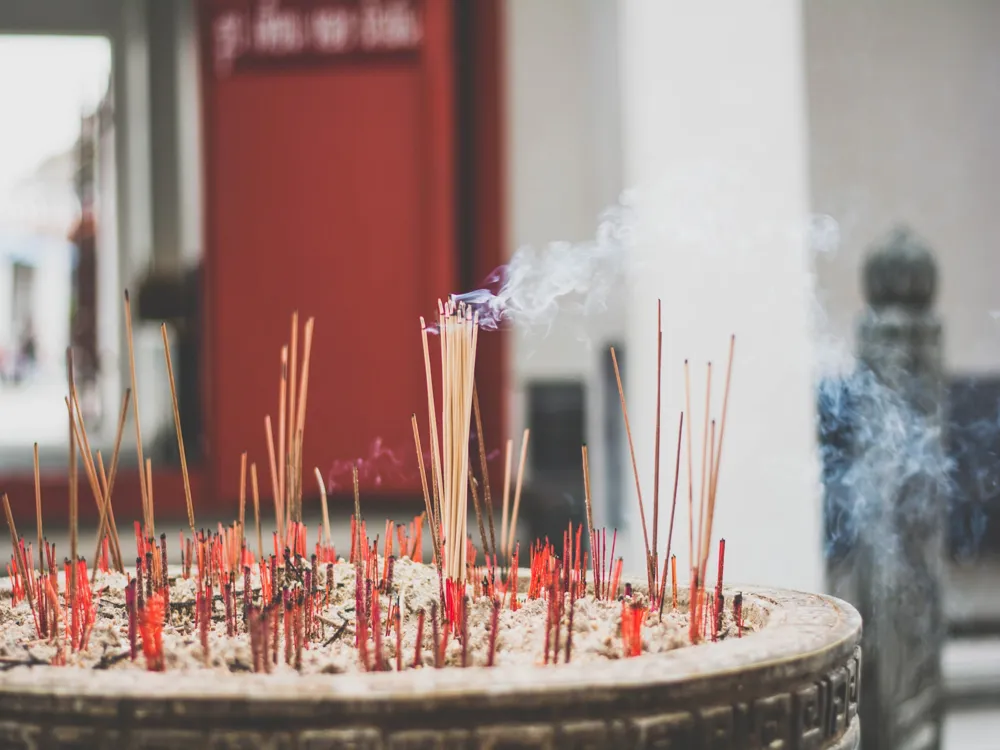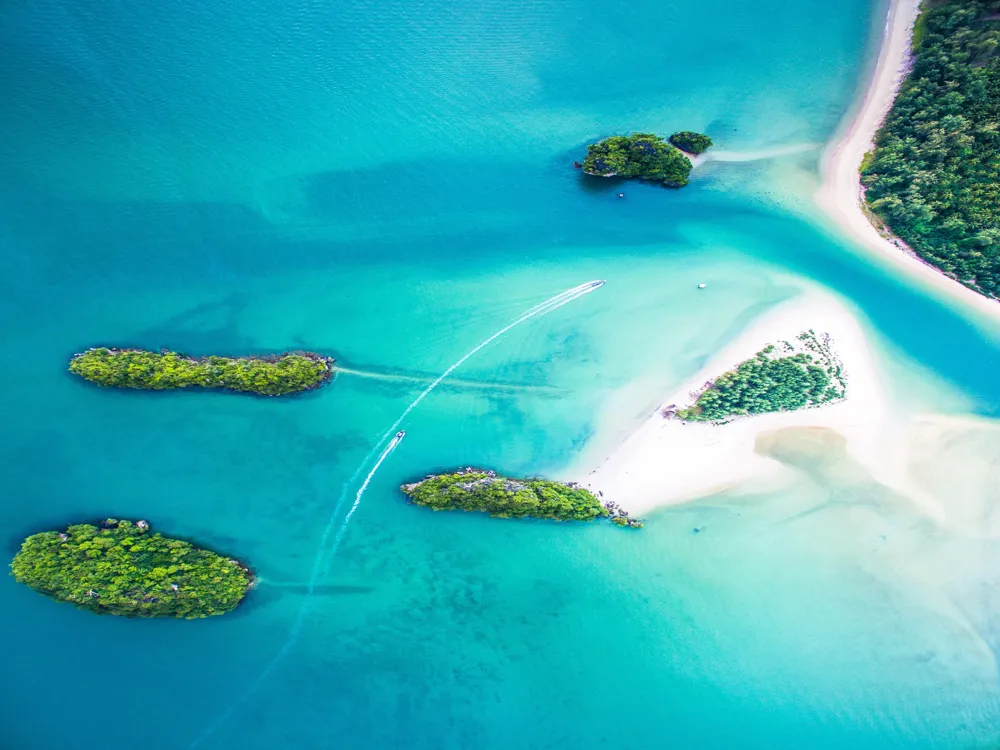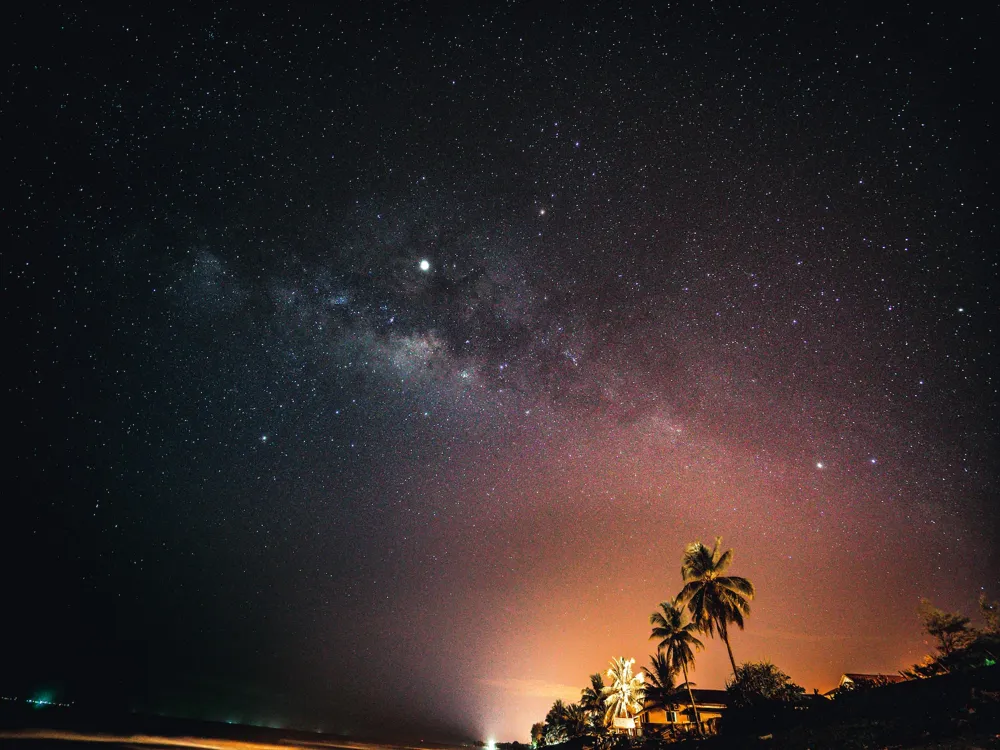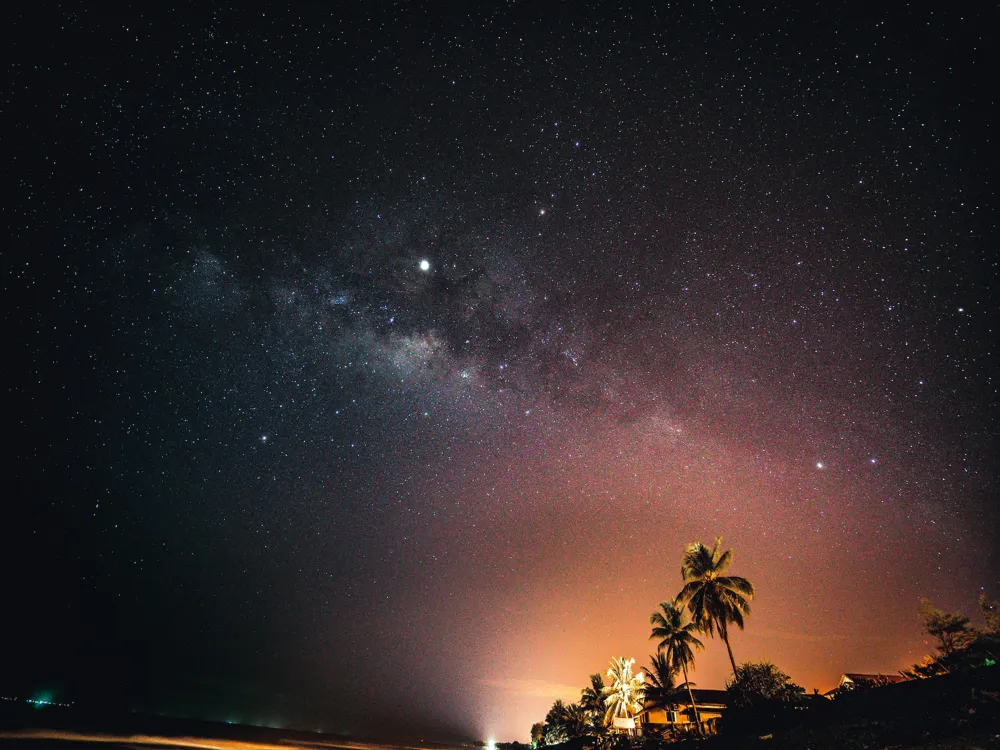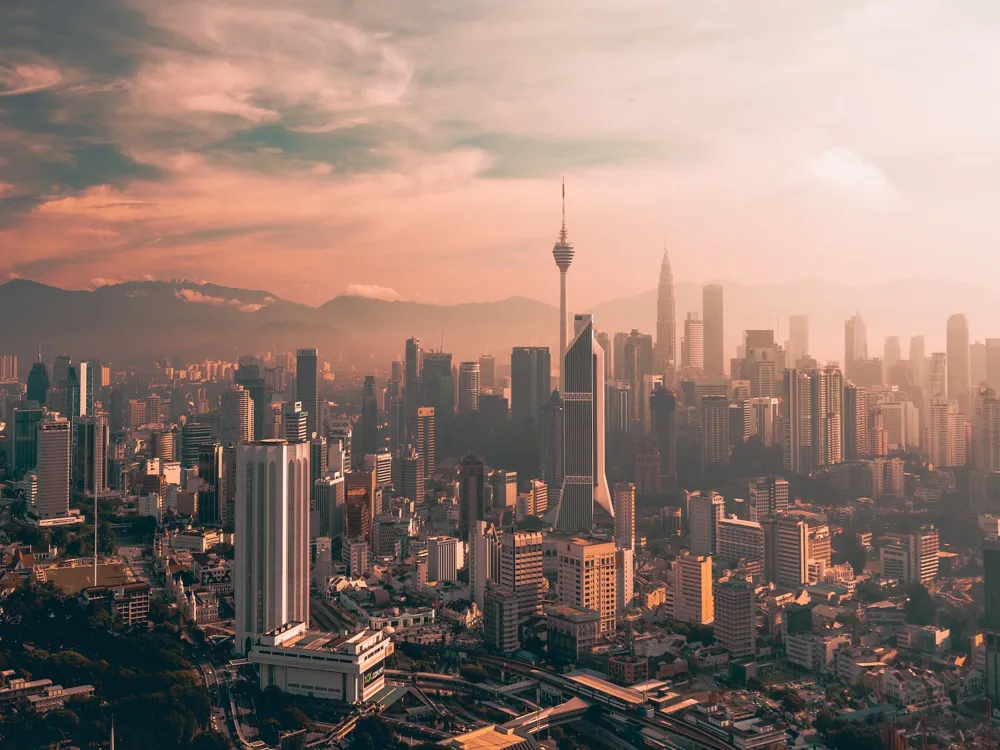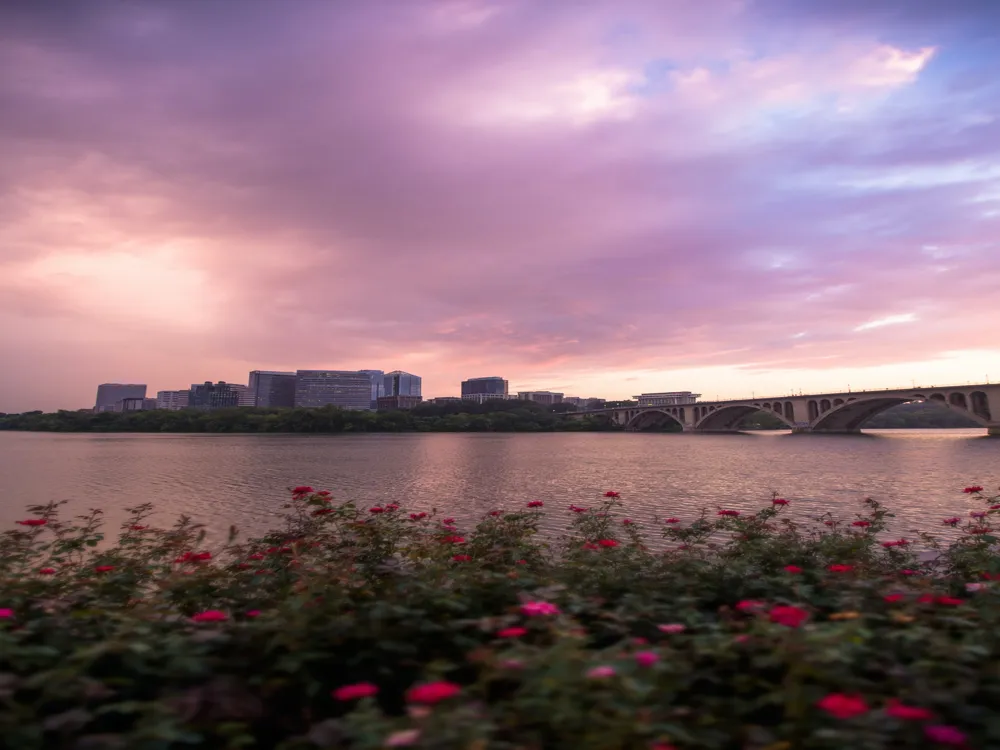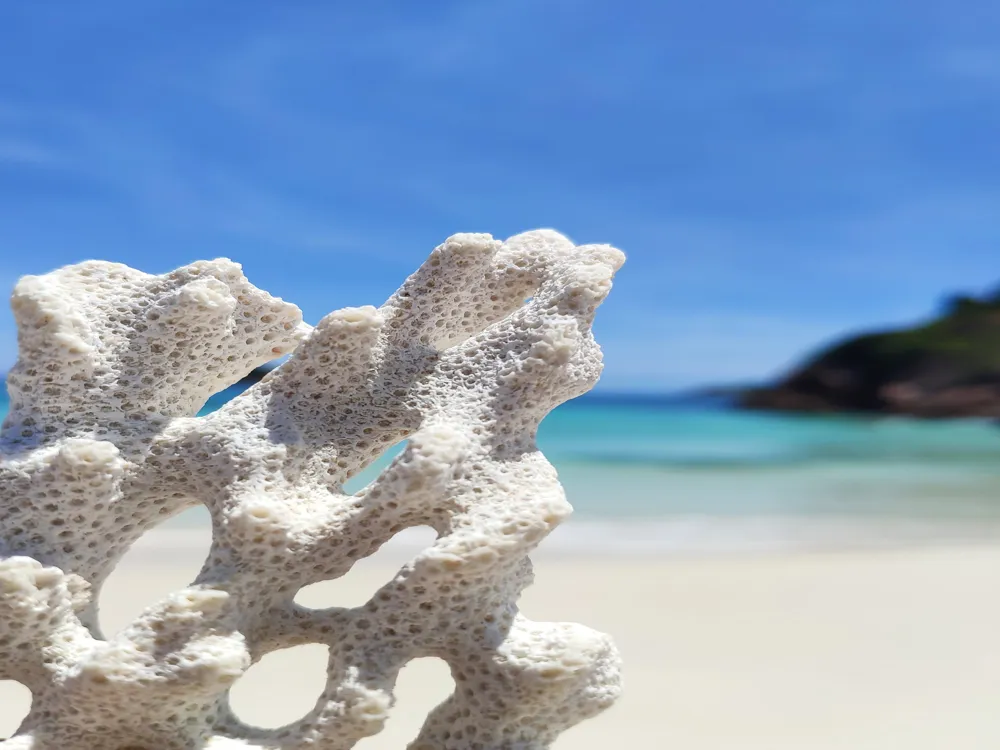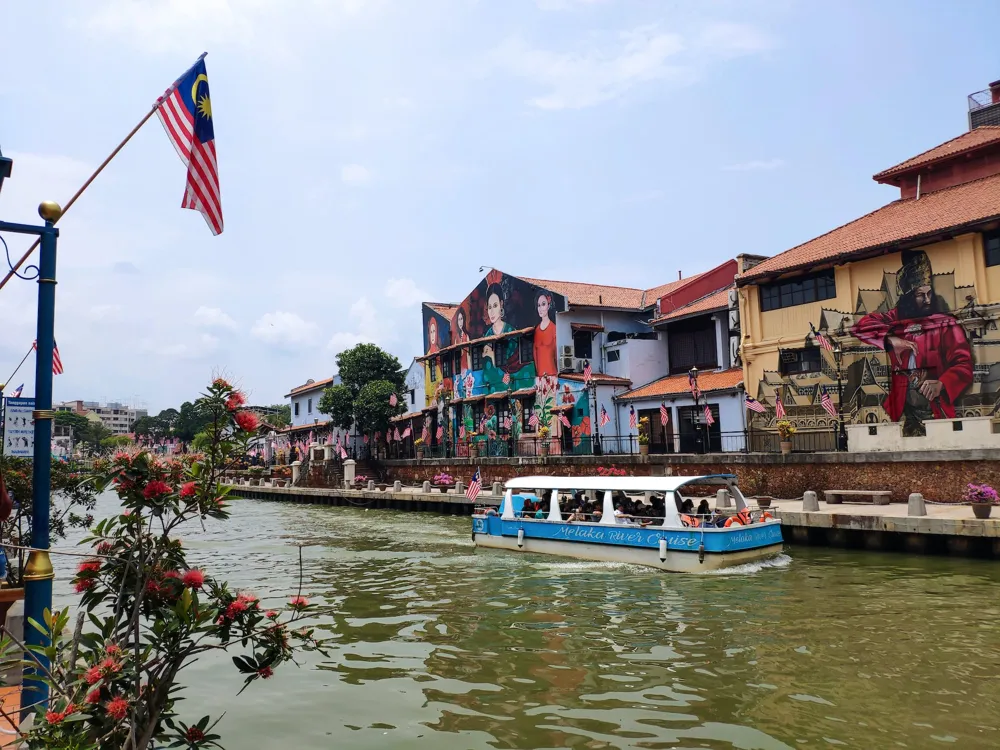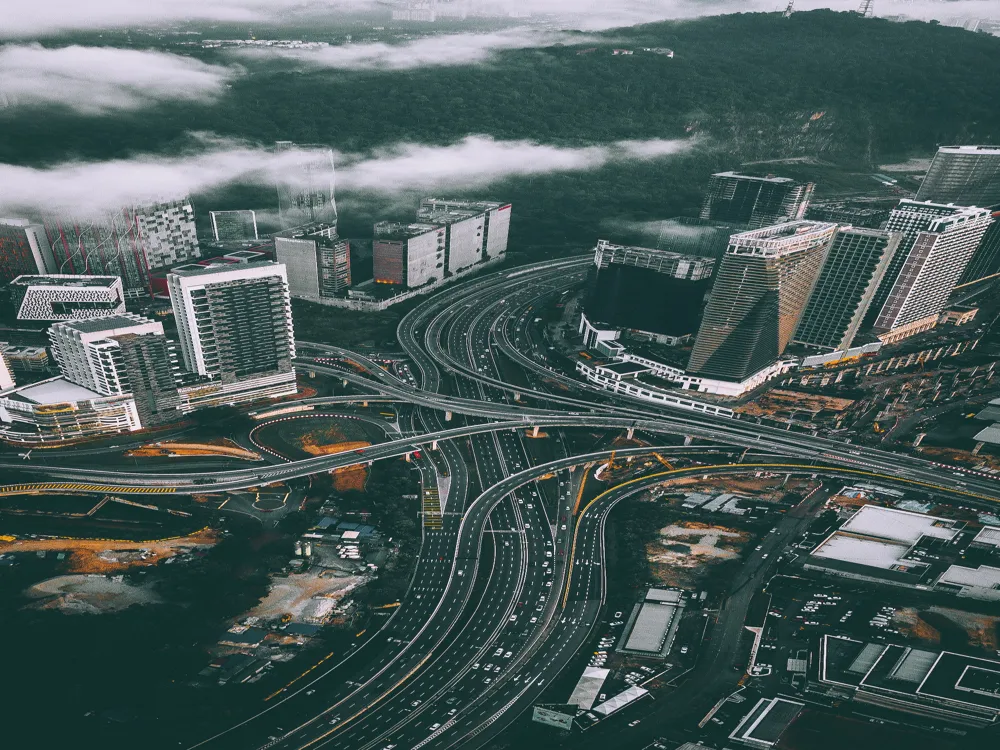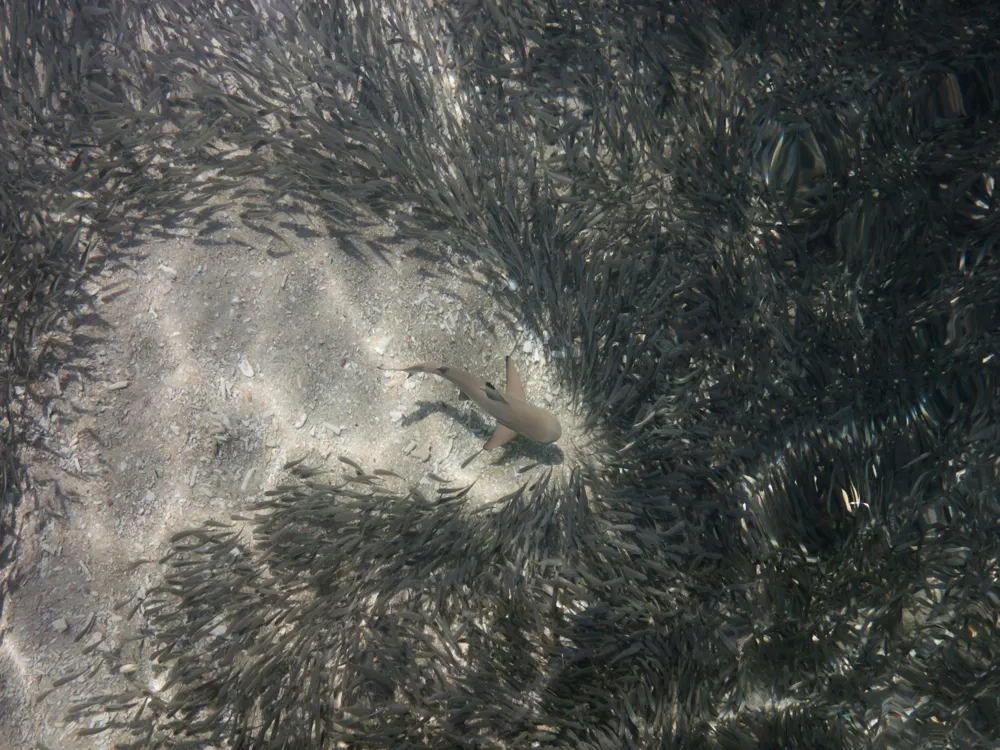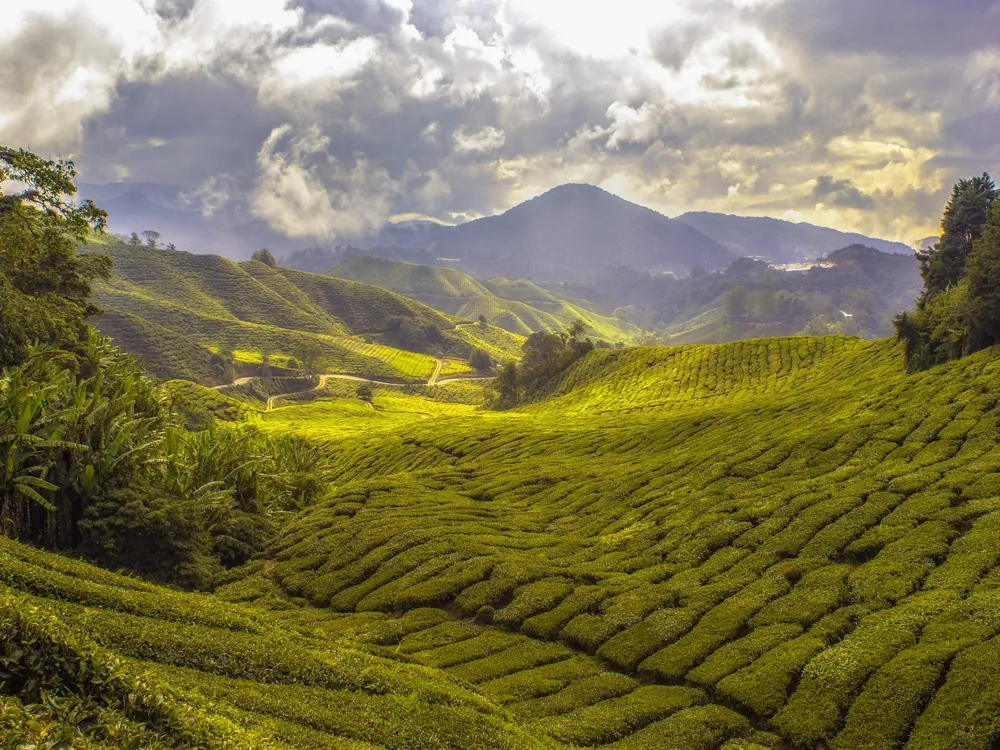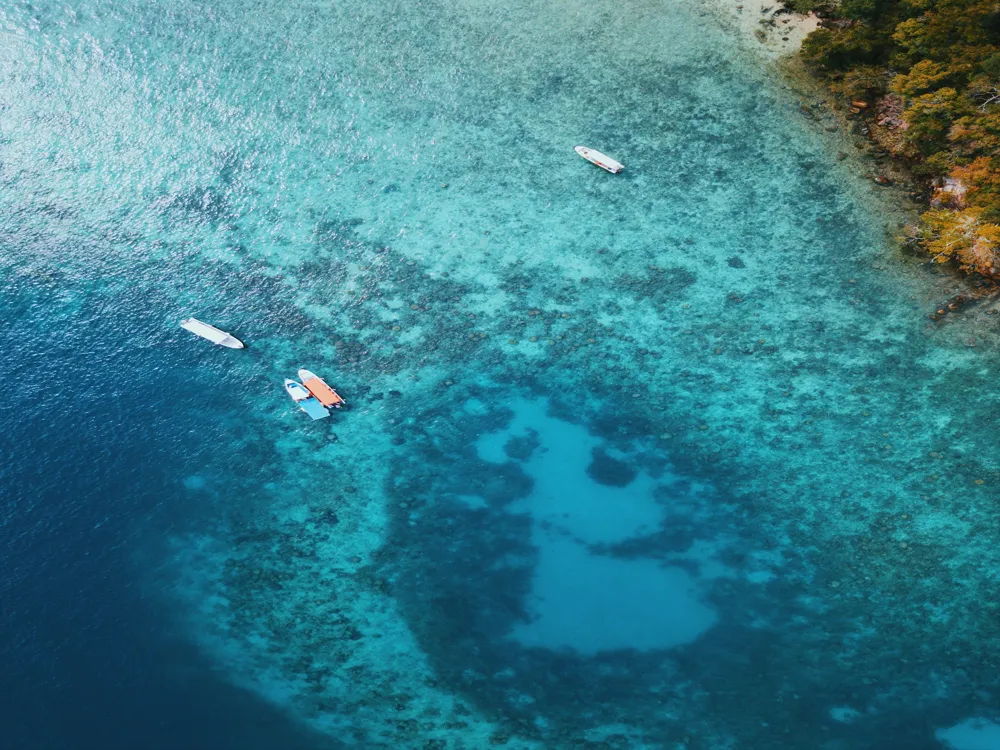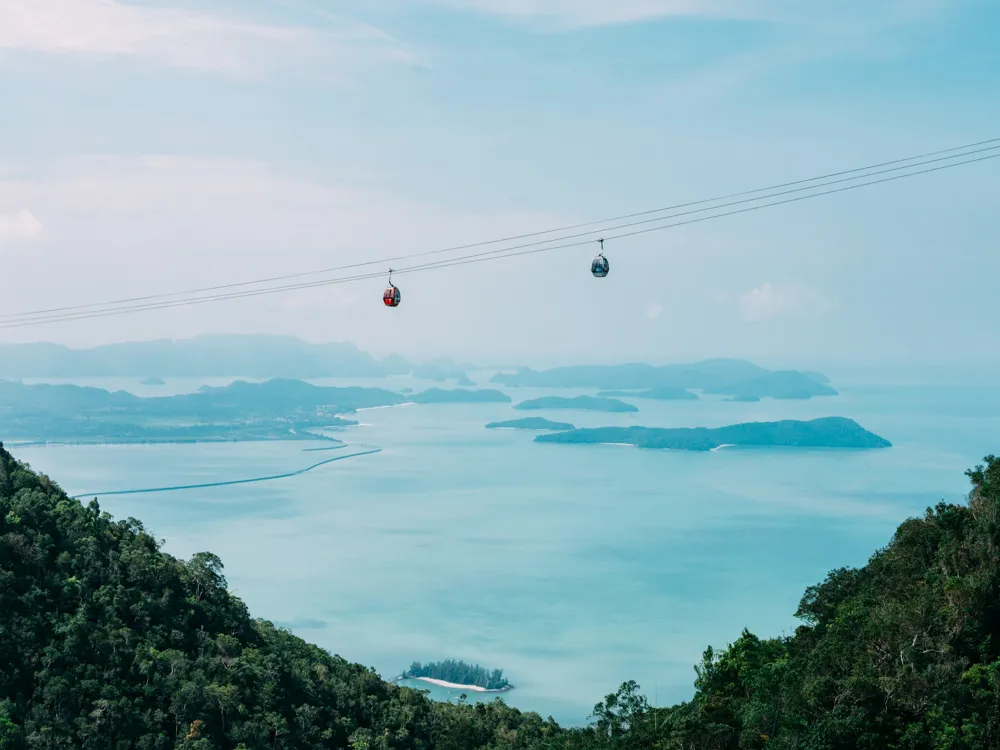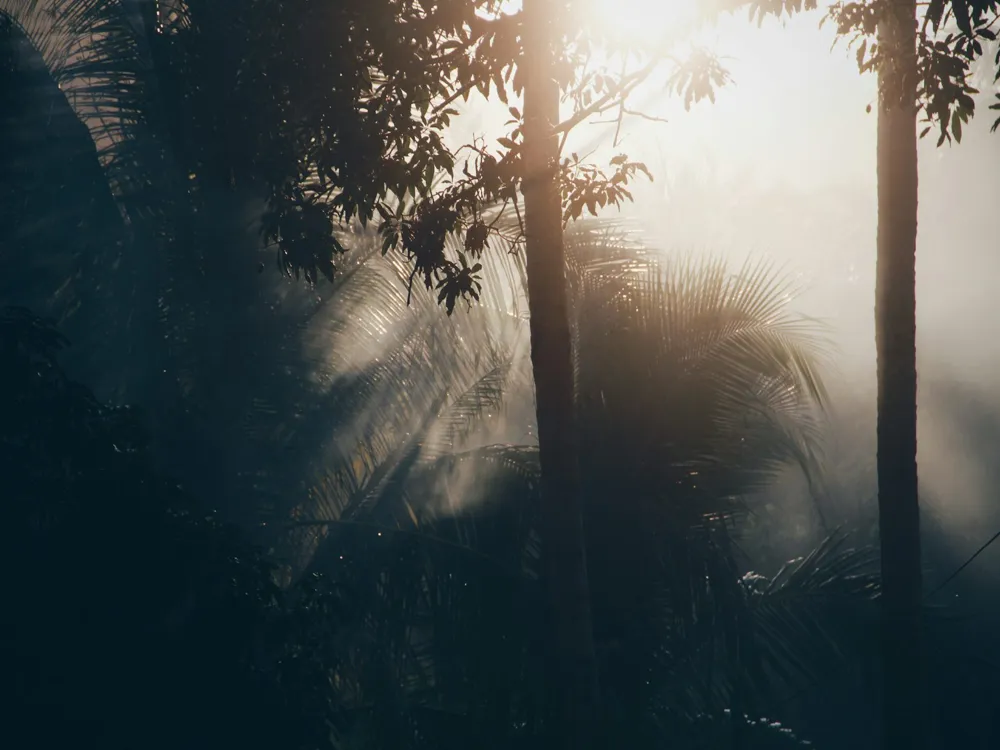The Terengganu River, a magnificent natural wonder, flows gracefully through Kuala Terengganu, the state capital of Terengganu, Malaysia. This river is not just a water body but a symbol of the city’s historical, economic, and cultural significance. The Terengganu River originates from the lush tropical forests of the interior and meanders its way down to the South China Sea, presenting a stunning display of nature's beauty. The river has been an integral part of Terengganu's history, serving as a crucial route for trade and communication. As we delve deeper into the river’s significance, it becomes apparent how it has shaped the lives of those who reside along its banks. The river has been a source of livelihood for many locals, providing opportunities for fishing, transportation, and tourism. The unique ecosystems along the riverbanks are home to a diverse range of flora and fauna, making it a haven for nature enthusiasts and researchers. The annual monsoon season brings about a dramatic change in the river's character, influencing the daily activities and traditions of the local communities. The cultural significance of the Terengganu River is deeply woven into the fabric of the city. It's a living testament to the harmonious coexistence of nature and mankind. Festivals and events held along the riverbanks, such as the traditional boat race and the Kuala Terengganu Water Festival, reflect the vibrant cultural heritage of the region. These events draw both locals and tourists, who are eager to experience the unique blend of culture, history, and nature that the Terengganu River embodies. The architecture around the Terengganu River is a fascinating blend of traditional Malay designs and modern influences, reflecting the region's rich history and cultural diversity. Along the riverbanks, one can witness a variety of architectural marvels, from ancient mosques to contemporary buildings, each telling a story of the city’s evolution through time. One of the most iconic structures is the Crystal Mosque, a stunning piece of modern Islamic architecture. Made primarily from steel, glass, and crystal, the mosque stands as a symbol of Islamic modernity and is a major attraction for visitors. Its intricate design and reflective surfaces create a mesmerizing effect, especially during sunset when the mosque seems to glow with an ethereal light. Another notable architectural landmark is the Terengganu State Museum Complex. Designed to resemble a traditional Malay house, the museum complex houses a vast collection of historical artifacts, showcasing the rich cultural heritage of the state. The complex is an architectural masterpiece, constructed using traditional techniques and materials, and is surrounded by beautifully landscaped gardens and a lagoon. The riverbanks are lined with traditional wooden stilt houses, known as 'Rumah Bujang', a distinctive feature of Terengganu’s architectural heritage. These houses are elevated above the ground to protect them from flooding during the monsoon season. The intricate carvings and designs on these houses reflect the skilled craftsmanship of the local carpenters and their deep understanding of the local climate and environment. The ideal time to visit the Terengganu River is between March and September when the weather is relatively dry and the river is calm, making it perfect for river cruises and other water activities. However, visitors seeking a unique experience can visit during the monsoon season from November to February, to witness the river’s transformation and the local way of life adapting to the changing environment. While visiting the Terengganu River, indulge in the local cuisine, known for its rich flavors and unique dishes. Seafood is a must-try, with restaurants and street food stalls along the river offering fresh catches of the day. Don’t miss out on traditional dishes like 'Nasi Dagang' and 'Keropok Lekor', which are staples in the local diet and offer a true taste of Terengganu’s culinary heritage. Understanding and respecting local customs and traditions is important. Dress modestly, especially when visiting religious sites. It's also advisable to learn a few phrases in the local language, Bahasa Malaysia, to better interact with the locals and show respect for their culture. There is a range of accommodation options available near the Terengganu River, from luxury resorts to budget-friendly guesthouses. Many of these offer beautiful views of the river and are conveniently located near major attractions. Booking in advance is recommended, especially during peak tourist seasons. Always prioritize safety, especially when participating in water-based activities. Follow local guidelines and advisories, and ensure that you have the necessary safety gear. It's also advisable to stay informed about the weather conditions, particularly during the monsoon season. Reaching the Terengganu River is convenient, with multiple options available. The Sultan Mahmud Airport in Kuala Terengganu is well-connected to major cities, and from there, the river is just a short drive away. Alternatively, visitors can opt for bus services or drive to Kuala Terengganu, which is well-connected by road to other parts of Malaysia. Once in Kuala Terengganu, various local transport options like taxis and buses can be used to reach the river. Read More:Overview of Terengganu River, Kuala Terengganu
Architecture of Terengganu River
Tips When Visiting Terengganu River
Best Time to Visit
Local Cuisine and Dining
Cultural Etiquette
Accommodation Options
Safety Precautions
How To Reach Terengganu River
Terengganu River
Kuala Terengganu
Terengganu
NaN onwards
View kuala-terengganu Packages
Kuala-terengganu Travel Packages
View All Packages For Kuala-terengganu
Top Hotel Collections for Kuala-terengganu

Private Pool

Luxury Hotels

5-Star Hotels

Pet Friendly
Top Hotels Near Kuala-terengganu
Other Top Ranking Places In Kuala-terengganu
View All Places To Visit In kuala-terengganu
View kuala-terengganu Packages
Kuala-terengganu Travel Packages
View All Packages For Kuala-terengganu
Top Hotel Collections for Kuala-terengganu

Private Pool

Luxury Hotels

5-Star Hotels

Pet Friendly







